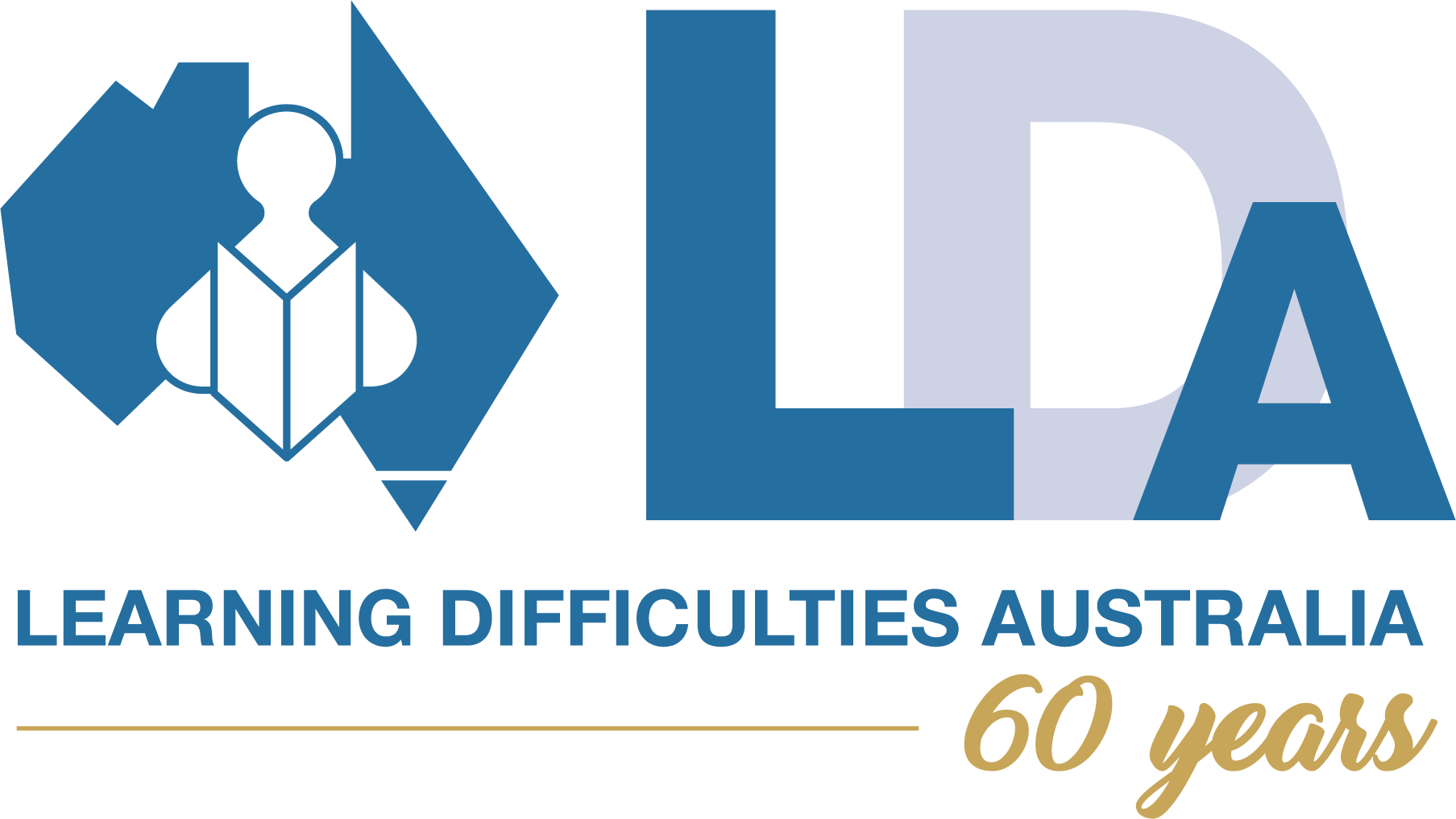What is a Learning Difficulty (LD)?
The term ‘Learning Difficulties’ most often refers to difficulties in learning to read and write, but is also applied in other areas of learning, including mathematics. Learning difficulties can be caused by internal factors (inherent, medical, physical, neurological), AND/OR, external factors, (family, communities, opportunities, experiences). Internal factors are intrinsic to the individual, can cause a person to learn differently, are usually life-long, and are usually considered a learning disability – also referred to as a specific or significant learning difficulty (in Australia and the UK), or learning disability (in the US and Canada). Dyslexia is generally considered to be a learning disability, or specific learning difficulty.
Australian surveys have indicated that 10 to 16 per cent of students are perceived by their teachers to have learning difficulties and have support needs, particularly in literacy, that go beyond those normally addressed by classroom teachers. These rates are similar to those reported in the UK and USA. Within the population of students with learning difficulties there is a smaller sub-set of students who show persistent and long lasting learning impairments and these are identified as students with a learning disability. It is estimated that approximately 4 per cent of Australian students have a learning disability.1
Primary school children who are struggling to learn to read are of two kinds. Many of them would learn to read to an age appropriate level if they were exposed to the right kind of reading instruction in the classroom. But others would still be struggling even if what was being delivered to them in their classrooms was the best, most systematic evidence-based classroom instruction in reading. These are children who are often referred to as dyslexic. Both groups of children require intervention, but the period over which intervention is required and the intensity of the intervention will vary according to the degree of difficulty experienced and its cause.
Expert views on dyslexia largely agree on two basic points. First, dyslexia is identifiable as a developmental difficulty in learning to read. Secondly, the long running debate about its existence should give way to building professional expertise in identifying dyslexia and developing effective ways to help learners overcome its effects. It is also generally agreed that the earlier dyslexic difficulties are identified the better are the chances of putting children on the road to success.2
LDA Webinars
Specific Learning Disorders
Kate Jacobs’ presents a practical demonstration of how to cater for Specific Learning Disorders (SLD) and the VCAA Special Examination Arrangements (SEA) Applications.
Uploaded with permission.
- Louden, W., Chan, L., Elkins, J., Greaves, D., House, H., Milton, M., Nichols, S., Rivalland, J., Rohl, M., & van Kraayennoord, C. (2000). Mapping the territory, primary students with learning difficulties: Literacy and numeracy, Vol. 1, 2, & 3. Department of Education, Training, & Youth Affairs: Canberra, ACT.
- The Sir Jim Rose review Identifying and Teaching Children and Young People with Dyslexia and Literacy Difficulties (2009)
https://www.education.gov.uk/publications/standard/_arc_SOP/Page7/DCSF-00659-2009
